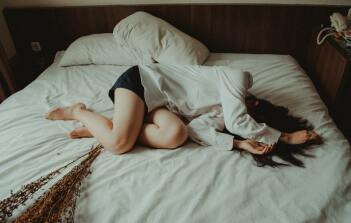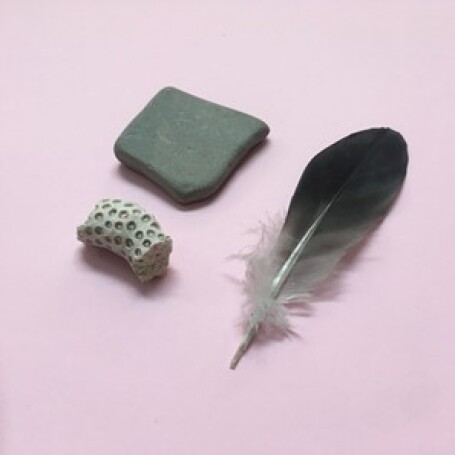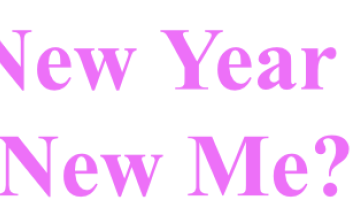
Therapy
Spotlight on our team - Rose

Hello, I’m an art therapist, activist, parent and gardener.
I thought this spotlight might be a good opportunity to delve a little deeper into art therapy and what it might look like in practice. I will introduce art therapy and then I will describe three different ways that clients can use the creative process in their sessions.
Art making within therapy offers an opportunity to be held by the image made, to witness one’s own experience, and to literally and metaphorically look at things from different angles. It plays an important role in any review of therapy as we are able to look back though the journey the client has been on and see how things have evolved over time which can be hard to grasp from one week to the next.
As a therapist, my role in the art making process is to support, encourage and listen to the client; guiding if needed and sitting back if not. Talking plays an important part in the sessions too and can also take on different forms. We might chat while you make art, or we may be quiet together and then reflect on a finished image. It’s as open and flexible as the art making is.
Here are three examples of what art therapy can look like. These are not the only ways art therapy works; every client brings their own unique way of incorporating art making.
Objects
My therapy room is full of different objects such as stones, seeds, bits of metal, feathers, leaves, gems, and buttons. Clients are invited to choose objects to help look at different things. For example, it can be helpful to choose objects to represent members of their family, friends, and people closest to them to help build a picture of the system within which they live or to explore a particular relationship that feels it needs some attention.
Feathers (as seen on the image at the top of this page) are often chosen and I am often struck by how quickly they put me in touch with softness, vulnerability and a need for care and gentleness.
Postcards
I have a large collection of art postcards. Clients can use the postcards as a way of more deeply exploring what is going on for them without making art themselves. Clients are invited to look through postcards and choose ones that jump out at them. We then spend some time exploring the images and making connections to what it was about that image that spoke to them that day.
Clients are often more quickly able to get in touch with their feelings and perhaps see things that they weren’t expecting which helps to navigate the issue they are bringing to therapy.
Non-directive art making
I am including here some records I made, as therapist, while running an art therapy group over 12 months in a mental health hospital. Non-directive means that I don’t tell people what to do and each client chooses materials and a way of working based on their own needs in that moment.
The first set of images is from the beginning of the group and the last set is of images made towards the end of the 12-month period. They are interesting to me because they show the journey from a more internal anxious and uncertain state to a more external and cohesive place where things have form, shape and space. The group followed this path too. Initially people were settling in, feeling worried but also building trust. Towards the end the group members were able to bring more of themselves and more specific thoughts to the group to explore.
Images at the start of the group

Images after 12 months
 Art therapy enables connections to be made between images, emotions, and life experiences leading to a more positive sense of wellbeing. The act or process of making or ‘doing’ in the therapy session, allows someone to reflect and explore in ways that words alone may not allow.
Art therapy enables connections to be made between images, emotions, and life experiences leading to a more positive sense of wellbeing. The act or process of making or ‘doing’ in the therapy session, allows someone to reflect and explore in ways that words alone may not allow.
I am excited, moved and humbled by my work with clients. The beauty of each human is bravely revealed, and it is really special to be a part of someone’s journey.

